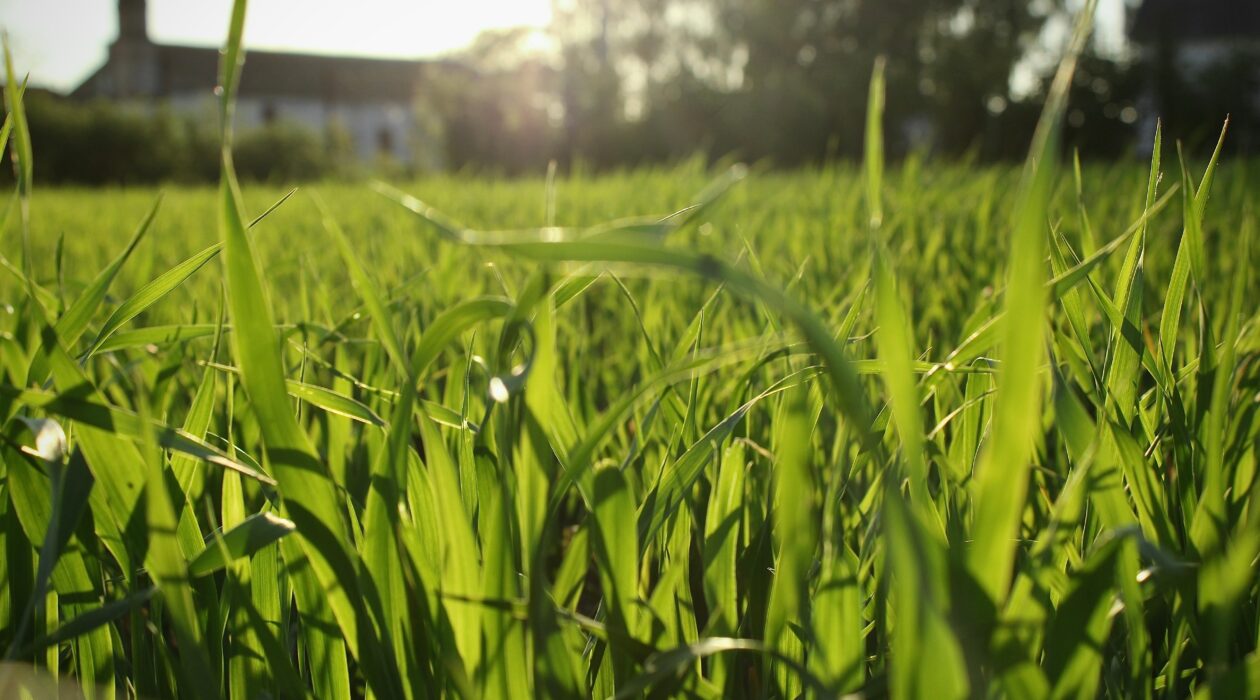Can humans eat grass?” is a question that often arises out of curiosity or as a survival query. This article explores the intriguing possibility: Can humans digest grass like many herbivores? Delving into the science behind human digestion and the nature of grass, we’ll thoroughly examine if grass can be a viable food source. Can the human body process grass effectively? This exploration isn’t just a theoretical exercise; it’s a dive into understanding what “can humans eat grass” truly means for our diet and health.
Section 1: The Digestive Challenge
Lack of Necessary Enzymes: The primary obstacle in digesting grass is cellulose, a complex carbohydrate constituent of plant cell walls. Cellulose is robust and resistant to breakdown, requiring specific enzymes to dismantle its complex structure. Unlike certain animals, humans lack these cellulase enzymes in their digestive system. As a result, our bodies cannot break down the cellulose in grass into more straightforward, absorbable forms. This inability to process cellulose means that, despite consuming grass, humans cannot extract the nutrients it contains.
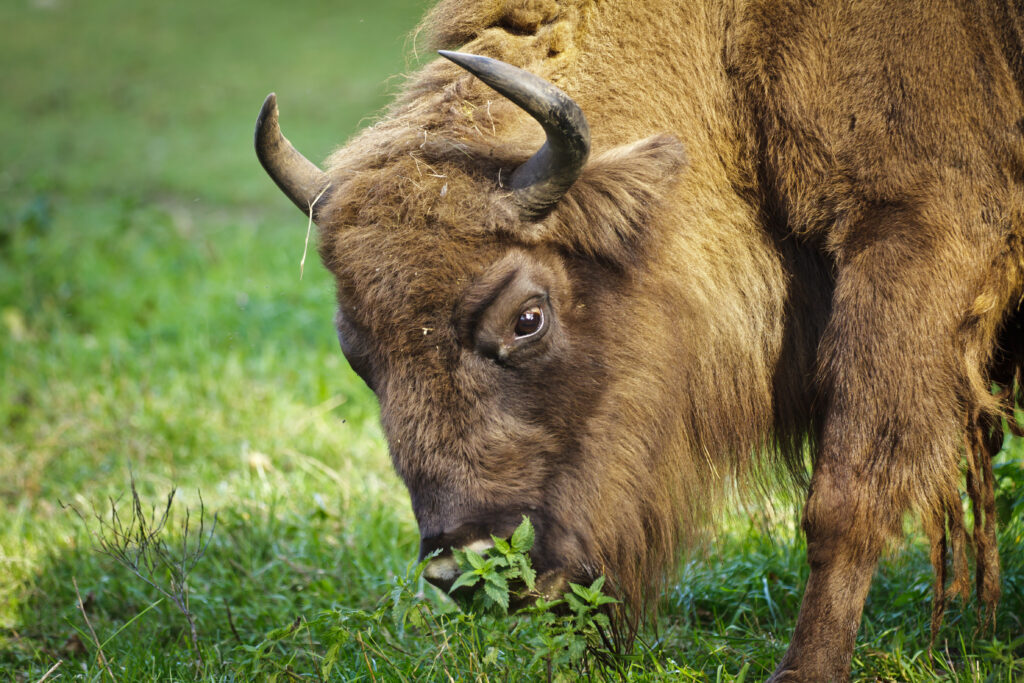
Comparative Analysis with Herbivores: Unlike humans, herbivores like cows possess a highly specialized digestive system that is well-adapted to consuming and digesting grass. Cows, for instance, have a unique multi-chambered stomach, the most notable of which is the rumen. This compartment houses a plethora of microorganisms that produce the cellulase enzyme, enabling the breakdown of cellulose. Furthermore, the rumination (re-chewing regurgitated food) in cows increases the breakdown of grass, making the nutrients more accessible. This adaptation allows herbivores to consume grass and utilize its nutrients effectively, a feat humans cannot replicate with their digestive system.
Section 2: Nutritional Aspects of Grass
Composition of Grass: Grass, often seen as a simple plant, harbors a surprisingly complex nutritional profile. It contains a range of vitamins and minerals essential for life. These include vitamins A, C, and E and minerals like calcium, magnesium, and potassium. Additionally, grass is rich in cellulose, a form of carbohydrate that constitutes the structural component of the plant’s cell wall. While this composition suggests a bounty of nutrients, the reality of how these nutrients interact with the human digestive system paints a different picture.
Accessibility of Nutrients: The crux of the matter with grass as a food source for humans lies not in its nutrient content but in the accessibility of these nutrients. The high cellulose content of grass, which humans cannot digest, locks away these nutrients in a form the human body cannot break down. Cellulose acts as a barrier, preventing the digestive enzymes in humans from reaching and processing the nutritious components of the grass. As a result, even if grass is consumed, the human body cannot extract and utilize the vitamins and minerals it contains. This inaccessibility renders the nutritional potential of grass moot for human consumption.
Comparison with Edible Plants: Unlike grass, the plants commonly included in the human diet have been selected and cultivated over thousands of years for their nutritional benefits and digestibility. For example, vegetables, fruits, and grains offer nutrients in forms that the human body can readily break down and absorb. These plants contain cellulose, too, but in more manageable amounts and often accompanied by other components, like starches and sugars, that are easily digestible. This difference in bioavailability marks a stark contrast between the theoretical nutritional value of grass and the practical benefits of more conventional plant foods.
Section 3: Safety and Health Concerns

Potential Contaminants in Grass: Grass can accumulate a variety of contaminants, notably pesticides and environmental pollutants. Pesticides, commonly used in lawn care and agriculture for pest control, can cling to grass blades and remain there for extended periods. When ingested, these chemicals can pose significant health risks. Beyond pesticides, grass can also absorb environmental pollutants. These include heavy metals in the soil, which can be a byproduct of industrial activities and airborne chemicals that settle on grass from urban pollution sources. The presence of these contaminants in grass raises serious concerns regarding its safety for human consumption.
Risks of Eating Grass from Lawns or Public Areas: The dangers of consuming grass become particularly acute when considering grass from lawns or public areas. These areas are frequently treated with various chemicals, such as herbicides and insecticides, to maintain their aesthetic appeal. Moreover, grass in public areas may be exposed to pet waste and multiple forms of urban pollutants. The ingestion of grass from these sources can lead to a range of health problems, including gastrointestinal distress, potential toxicity, and even long-term health effects, depending on the level and type of contamination.
Section 4: Cooking Grass – Does it Help?
Investigation into Cooking and Digestibility: Cooking has long been known to change many foods’ texture, flavor, and digestibility. It’s a transformative process that breaks down cellular structures, softens fibrous components, and even makes certain nutrients more accessible. When applied to grass, this concept raises a question: Does cooking alter its digestibility or nutritional profile? To explore this, we need to understand how cooking affects the complex structures within the grass, mainly focusing on its high cellulose content.
The Cellulose Conundrum in Cooked Grass: The primary challenge with digesting grass is cellulose, a robust carbohydrate that forms the structural component of plant cell walls. When grass is cooked, the heat can soften its physical structure, making it less rigid and more palatable. However, the fundamental issue remains cellulose’s resistance to breakdown. The heat and standard cooking methods, such as boiling or steaming, do not significantly affect the chemical structure of cellulose. Humans lack the necessary enzymes to break down raw or cooked cellulose. This resistance to thermal breakdown means that while cooking grass may alter its texture, it does not substantially change its digestibility or make its nutrients more accessible to humans.
Section 5: Better Alternatives to Grass
Showcasing Healthy Alternatives:
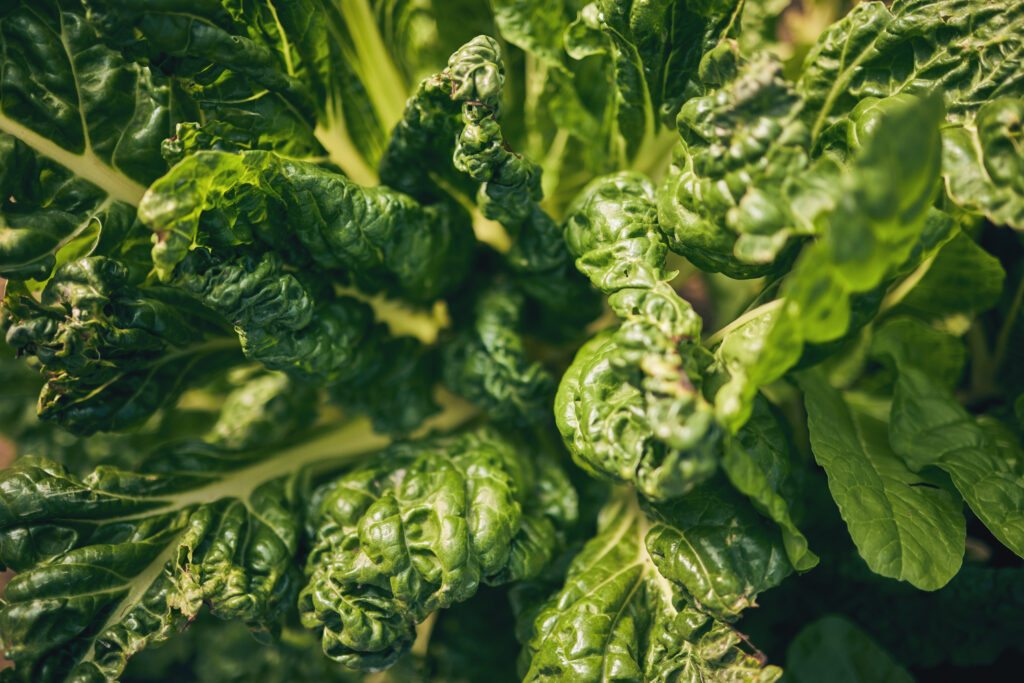
Spinach: A powerhouse of nutrients, spinach is rich in vitamins A, C, and K, iron, and several antioxidants. Its soft leaves are easy to digest, making the nutrients readily available to the body.
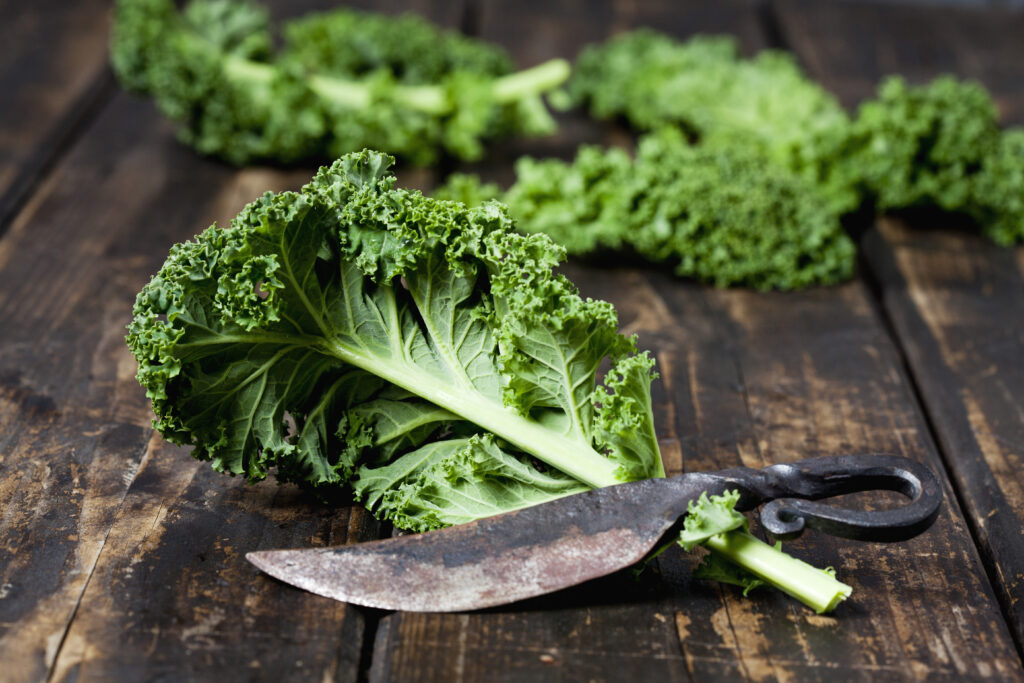
Kale: Known for its dense nutritional content, kale provides vitamins C, K, A, calcium, and is an excellent source of fiber that supports digestive health. Unlike grass, kale’s fiber is digestible and beneficial.
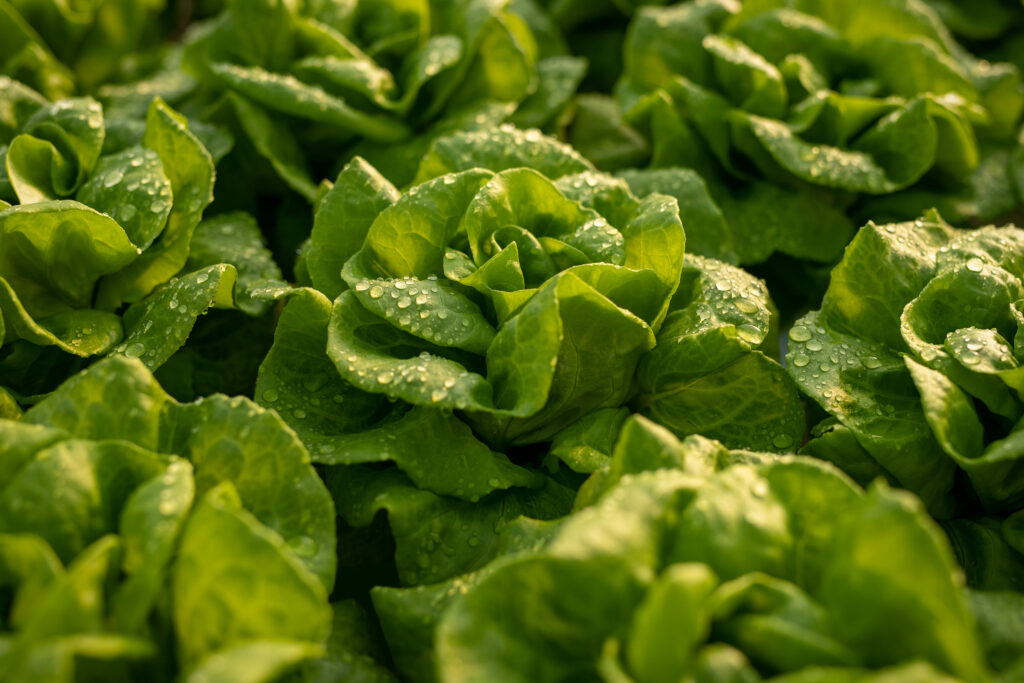
Lettuce: Lettuce, including romaine and iceberg, offers hydration, fiber, and essential nutrients like vitamin K and folate. They are gentle on the digestive system and add bulk to meals.
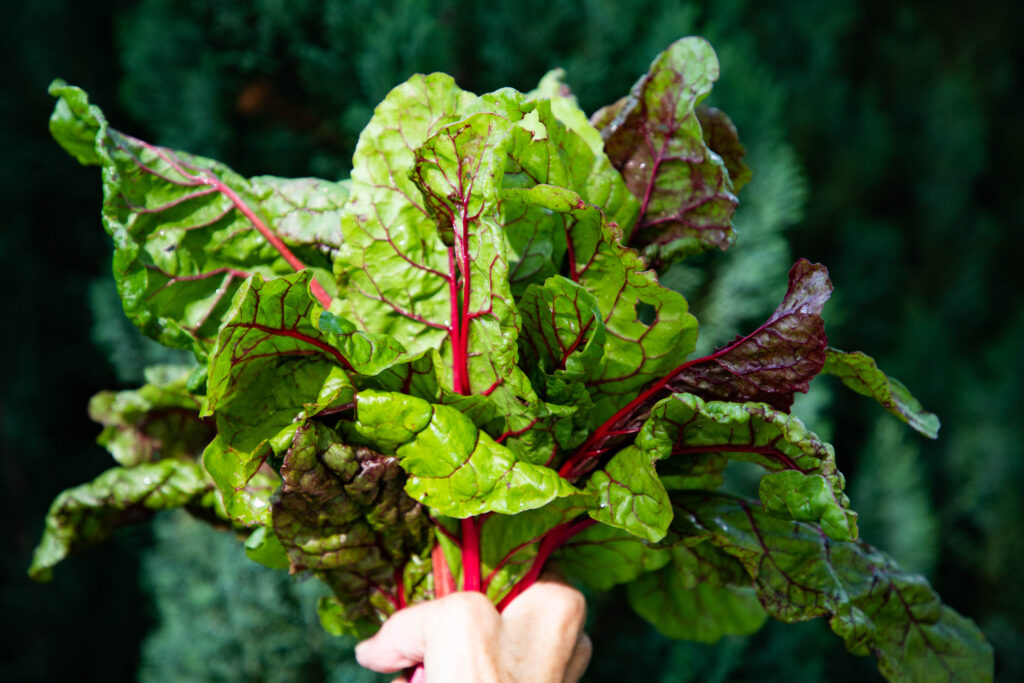
Swiss chard : rich in vitamins A, C, and K, which promote eye health, immune function, and blood clotting, and contains essential minerals like magnesium, iron, and potassium, along with antioxidants that combat oxidative stress and inflammation.
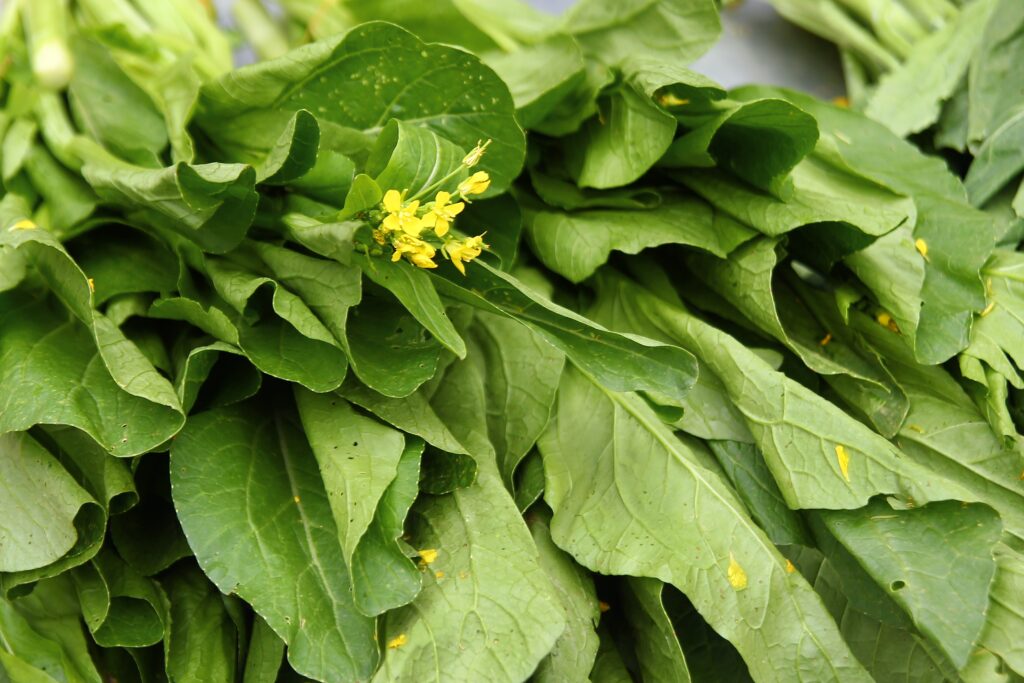
Collard greens, and mustard greens are excellent alternatives, each bringing a unique set of nutrients like magnesium, calcium, vitamins, and digestible fiber.
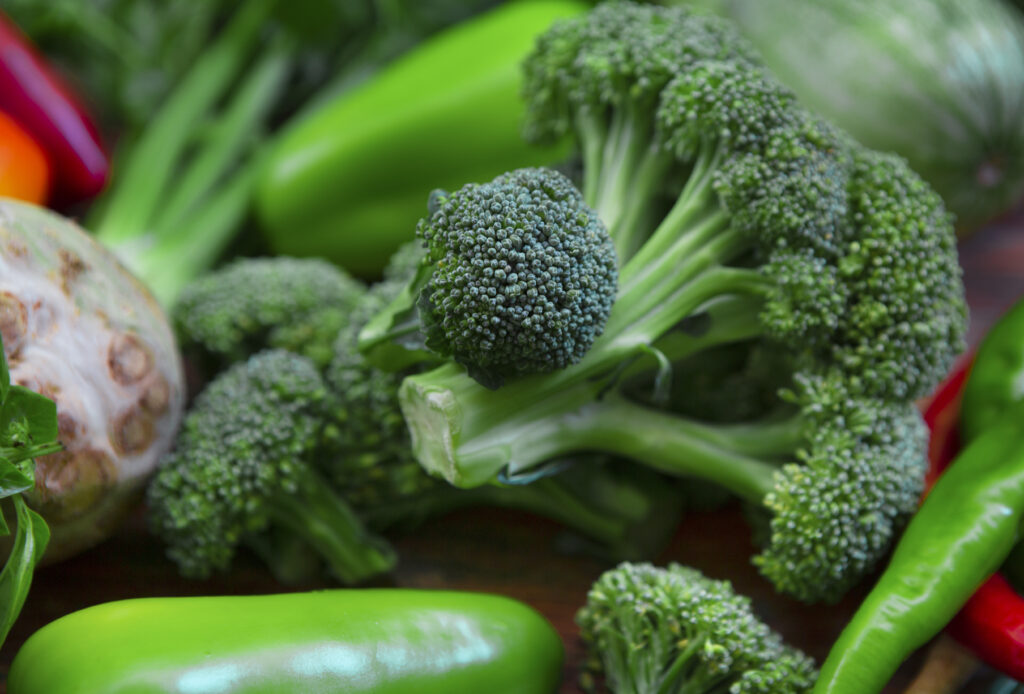
Variety of Vegetables: Beyond leafy greens, vegetables such as carrots, broccoli, and bell peppers provide essential vitamins, minerals, and fiber without the indigestible cellulose found in grass.
Advantages of these Alternatives over Grass: These leafy greens and vegetables offer several advantages over grass. Firstly, their nutritional components are in forms that the human body can easily digest and absorb. Unlike grass, which contains cellulose that humans can’t break down, the fiber in these vegetables promotes healthy digestion. Moreover, these alternatives are generally free from the health risks of grass consumption, such as pesticide exposure and environmental pollutants. By incorporating these plants into one’s diet, individuals can enjoy a wide range of essential nutrients, benefiting overall health without the risks that grass poses.
Can humans eat grass? FAQ :
Can humans eat grass for survival?
No, humans cannot effectively use grass for survival. Grass contains cellulose, which humans cannot digest due to the lack of necessary enzymes.
Why don’t humans eat grass?
Humans don’t eat grass because they cannot digest cellulose, the main component of grass. This makes it nutritionally ineffective and potentially harmful due to contaminants like pesticides.
What kind of grass is edible for humans?
While no grass is truly digestible for humans, some young grasses, like wheatgrass, are consumed for their juice, which contains nutrients and is free from cellulose fiber.
Is it OK for me to eat grass?
It’s not advisable to eat grass. Humans cannot digest it, which may contain harmful substances like pesticides or pollutants. There are safer, more nutritious plant alternatives available.
In the end :
While grass is a common and seemingly innocuous plant, it can pose significant health risks due to various forms of contamination. The potential presence of pesticides, heavy metals, and other pollutants makes consuming grass, particularly from unverified sources like lawns and public areas, a risky endeavor. It is crucial to reinforce the idea that grass, despite its natural appearance, should not be considered a safe or suitable source of nutrition for humans. The recommendation is clear: avoid eating grass and rely on safer, tested food sources to fulfill nutritional needs. This exemplary approach ensures safety and health, aligning with the broader understanding of environmental factors affecting our food choices.

